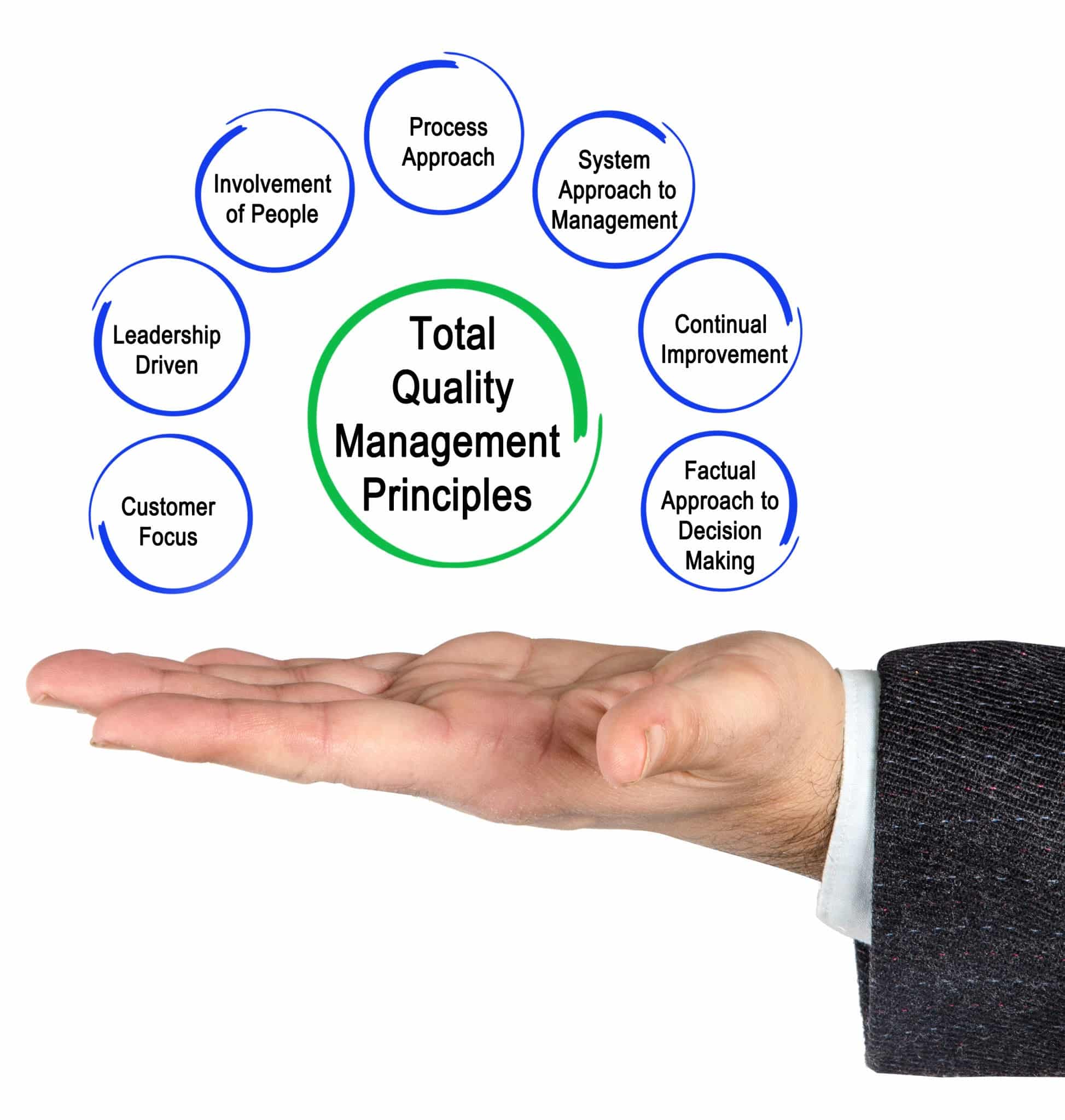Atomic Absorption Spectroscopy (AAS) is a widely used analytical technique for detecting and quantifying the concentration of elements in a sample.
Known for its precision and sensitivity, AAS has become an indispensable tool across various industries and scientific research fields.
Below, we explore eight common applications of Agilent atomic absorption spectroscopy, showcasing its importance in both industry and academia.
1. Environmental Monitoring and Pollution Control
AAS is a cornerstone in environmental analysis, particularly in detecting trace metals in air, water, and soil.
Its sensitivity allows scientists and environmental agencies to monitor pollutants and ensure compliance with strict environmental standards.
Key Applications:
- Water Quality Analysis: AAS is used to detect toxic metals like lead, mercury, and arsenic in drinking water, helping prevent public health risks.
- Soil Contamination Studies: By analysing soil samples near industrial sites, AAS helps identify harmful metal concentrations caused by mining, waste disposal, or industrial spills.
- Air Quality Monitoring: It detects heavy metals in particulate matter from industrial emissions or vehicle exhausts, aiding regulatory bodies in maintaining air quality standards.
2. Pharmaceutical Industry and Quality Control
The pharmaceutical industry relies on AAS to ensure product safety, efficacy, and compliance with regulatory standards. Trace element analysis is vital for detecting impurities in raw materials and final drug formulations.
Key Applications:
- Impurity Detection: Toxic metals like cadmium and lead are analysed in pharmaceuticals to meet stringent safety limits.
- Nutritional Supplements: AAS ensures proper levels of essential elements like calcium, magnesium, or zinc in dietary supplements.
- Process Monitoring: AAS is used during drug manufacturing to control elemental impurities introduced during processing.
3. Food and Beverage Industry
Ensuring food safety and nutritional value is a major concern for the food and beverage industry. AAS is extensively used to detect harmful contaminants and verify nutritional claims, ensuring consumer safety and regulatory compliance.
Key Applications:
- Heavy Metal Detection: AAS identifies toxic metals like mercury in seafood or lead in canned foods to protect consumers.
- Mineral Content Analysis: It is used to quantify essential elements like iron, calcium, and potassium in food and beverages to validate product labels.
- Quality Assurance: AAS is applied in wine production to analyse elements like copper and zinc, which can influence flavour and preservation.
4. Mining and Metallurgy
In mining and metallurgical industries, AAS is essential for analysing metal content in ores, concentrates, and alloys. It aids in resource evaluation, process control, and ensuring the quality of final products.
Key Applications:
- Ore Analysis: AAS quantifies valuable metals such as gold, silver, or copper in ore samples, helping assess the economic viability of mining projects.
- Alloy Composition: This ensures that alloy formulations meet specifications for industrial applications, such as aerospace or automotive manufacturing.
- Process Optimization: Metallurgical plants use AAS to monitor and control the efficiency of metal extraction and refining processes.
5. Clinical and Medical Research
Medical laboratories frequently use AAS to analyse biological samples for trace elements, aiding in disease diagnosis, nutritional studies, and toxicology.
Key Applications:
- Nutritional Studies: AAS determines essential elements like zinc, selenium, and magnesium levels in blood or tissue samples to study deficiencies or their impact on health.
- Toxicology: It helps measure toxic metals, such as lead or cadmium, in biological samples to assess environmental or occupational exposure risks.
- Disease Diagnosis: AAS supports research on diseases linked to trace metal imbalances, such as iron in anemia or copper in Wilson’s disease.
6. Petrochemical and Energy Sector
The petrochemical and energy industries use AAS for quality control and process optimisation.
Trace metal analysis is critical for ensuring the purity of fuels, lubricants, and other products, as well as maintaining the efficiency of refining processes.
Key Applications:
- Fuel Quality Testing: AAS detects impurities like vanadium or nickel in crude oil and refined fuels, which can affect engine performance and emissions.
- Lubricant Analysis: It measures trace metals in lubricants to prevent wear and tear in machinery.
- Catalyst Monitoring: AAS evaluates metals in catalysts used in refining to ensure their longevity and efficiency.
7. Forensic Science and Criminal Investigations
Forensic scientists leverage AAS for trace metal analysis in crime scene evidence, providing critical information in criminal investigations.
Key Applications:
- Gunshot Residue Analysis: AAS identifies metallic elements in gunshot residues, linking evidence to firearms.
- Trace Evidence Examination: Metallic fragments in paint, soil, or glass can be analysed to connect suspects to crime scenes.
- Toxicological Investigations: AAS detects heavy metals in biological samples to investigate poisoning cases.
8. Academic and Industrial Research
AAS is a fundamental tool in research laboratories for studying the behaviour of elements in various systems. Its versatility supports studies in fields ranging from material science to environmental research.
Key Applications:
- Nanotechnology: AAS is used to analyse trace metals in nanomaterials, aiding in their design and application.
- Environmental Studies: Researchers use AAS to examine the impact of heavy metals on ecosystems and human health.
- Material Science: It helps investigate the composition and properties of new materials, contributing to advancements in technology.
Conclusion
Atomic Absorption Spectroscopy has revolutionized how industries and researchers analyze trace elements. Its applications span a wide range of fields, from ensuring environmental safety and food quality to advancing scientific research and technological innovation.
As analytical technology continues to evolve, AAS will remain a critical tool, driving progress and maintaining high standards across industries and research domains.








